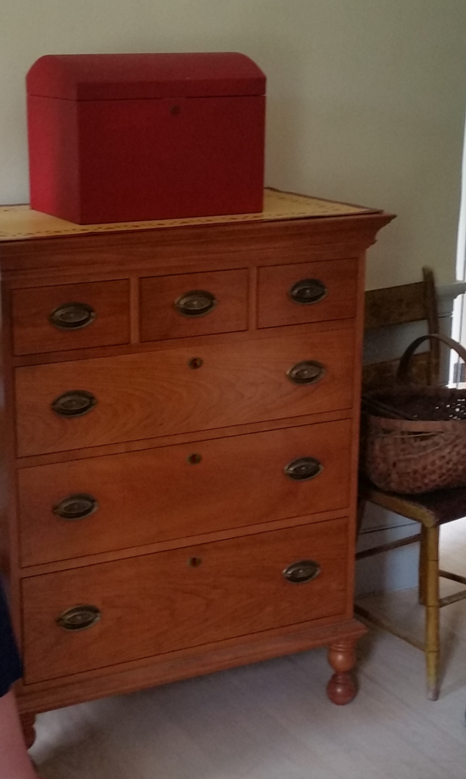Last week I wrote one post on "The end of M2C," thinking I was going to finish up this blog. After all, the title of this blog, Book of Mormon Central America, seemed obsolete now that Book of Mormon Central has been absorbed by Scripture Central. You can go to its old website,
https://bookofmormoncentral.org/, but all the links go to Scripture Central.*
However, this blog has a steady readership, with 1,696,250 total views and counting. So far this month there have been 15,176 views, so the interest continues.
And the name "Book of Mormon Central America" still makes sense, because new stuff from the M2Cers keeps popping up.
The latest example is Brant Gardner's series on "Heartland vs Mesoamerica," which makes a strong case for the end of M2C due to its irrational premise.
https://interpreterfoundation.org/blog-the-heartland-versus-mesoamerica-part-1/
It's a 13-part series that can be summed up with one graphic:
I posted a review of the first part over on the InterpreterPeerReviews blog if you're interested.
https://interpreterpeerreviews.blogspot.com/2025/04/brant-gardners-heartland-versus.html
That blog is less well known (only around 58,450 views) and is mainly for people who still read the Interpreter and want a "second opinion."
Which is a small subset of Interpreter readers, most of whom read the Interpreter to fortify their SITH and M2C beliefs without any risk of "contrarian" views from people who still believe what Joseph and Oliver taught about the origin and setting of the Book of Mormon.
Come to think of it, that's pretty much what the old Book of Mormon Central was like...
_____
*Even the mission statement on the old BMC site now refers to Scripture Central:
One of the ironies of the old Book of Mormon Central was its obsession with M2C, which contradicted the mission statement by (i) undermining the credibility and reliability of Joseph Smith and Oliver Cowdery (ii) making the Book of Mormon confusing by transporting it into a Mayan setting that never made sense, and (iii) causing division and disharmony among Latter-day Saints by rejecting transparency and open dialog about the setting of the Book of Mormon.
Hopefully that's all in the past.


















